2010 Global Hunger Index
As the world approaches the 2015 deadline for achieving the Millennium Development Goals (MDGs) – which include MDG 1 to reduce the proportion of hungry people by half – the 2010 Global Hunger Index (GHI) offers a useful and multi-dimensional overview of global hunger. The GHI is produced by International Food Policy Research Institute (IFPRI), Deutsche Welthungerhilfe and Concern Worldwide. The 2010 GHI shows some improvement over the 1990 GHI, falling by almost one-quarter. Nonetheless, the index for hunger in the world remains at a level characterised as “serious.” The result is unsurprising given that the overall number of hungry people surpassed 1 billion in 2009, even though it decreased to 925 million in 2010, according to the Food and Agriculture Organization (FAO) of the United Nations. The FAO defines hunger as the consumption of fewer than 1,800 kilocalories a day – the minimum required to live a healthy and productive life.
The highest regional GHI scores are for South Asia and Sub-Saharan Africa, but South Asia has made much more progress since 1990. In South Asia, the low nutritional, educational and social status of women are among the major factors that contribute to a high prevalence of underweight in children under five. In contrast, in Sub-Saharan Africa, low government effectiveness, conflict, political instability and high rates of HIV and AIDS are among the major factors that lead to high child mortality and a high proportion of people who cannot meet their calorie requirements.
Some countries achieved significant absolute progress in improving their GHI. Between the 1990 GHI and the 2010 GHI, Angola, Ethiopia, Ghana, Mozambique, Nicaragua and Vietnam saw the largest improvements. However, twenty-nine countries still have levels of hunger that are “extremely alarming” or “alarming.” The countries with “extremely alarming” 2010 GHI scores – Burundi, Chad, the Democratic Republic of Congo, and Eritrea – are in Sub-Saharan Africa. Most of the countries with “alarming” GHI scores are in Sub-Saharan Africa and South Asia. The largest deterioration in GHI scores was seen in the Democratic Republic of Congo, largely because of conflict and political instability.
The global food price crisis and the worldwide recession have contributed to the recent rise, says the report. Economic performance and hunger are inversely correlated. Countries with high levels of gross national income (GNI) per capita, an important measure of economic performance, tend to have low 2010 GHI scores, and countries with low levels of GNI per capita tend to have high GHI scores. These relationships do not always hold, however. Conflict, disease, inequality, poor governance and gender discrimination are factors that can push a country’s level of hunger higher than that expected based on its income. In contrast, pro-poor economic growth, strong agricultural performance and increasing gender equity can reduce hunger below that expected based on income.
The high prevalence of child malnutrition is a major contributor to persistent hunger. Globally, the biggest contributor to the world GHI score is child underweight. Although the percentage of underweight in children under the age of five is only one of three elements in the GHI, it accounts for nearly half of the world GHI score. Child malnutrition is not spread evenly across the globe, but instead is concentrated in a few countries and regions. More than 90 percent of the world’s stunted children (children whose height is low for their age) live in Africa and Asia, where rates of stunting are 40 percent and 36 percent respectively.
To improve their GHI scores, countries need to accelerate progress in reducing child malnutrition. Recent evidence shows that the window of opportunity for improving child nutrition spans the period from -9 to +24 months (that is, the 1,000 days between conception and a child’s second birthday). This is the period when children are in greatest need of adequate amounts of nutritious food, preventive and curative health care and age-appropriate care practices for healthy development and when interventions are most likely to prevent under-nutrition from setting in. After age two, the effects of malnutrition are largely irreversible.
To reduce child malnutrition, governments should invest in effective nutrition interventions targeted at mothers and children during the window of opportunity. These interventions should focus on improving maternal nutrition during pregnancy and lactation, promoting sound breastfeeding and complementary feeding practices, providing essential micronutrients and adopting salt iodisation, while also ensuring appropriate immunisation. Achieving high coverage of these interventions could have a rapid impact on improving early childhood nutrition. Governments should also adopt policies that deal more broadly with the underlying causes of malnutrition such as food insecurity, lack of access to health services and poor caring and feeding practices, which are exacerbated by poverty and gender inequity.
Poverty-reduction strategies focused on reducing inequities are therefore part of the solution for improving early childhood nutrition, as are policies specifically aimed at improving the health, nutrition and social status of girls and women.
To access the web site of the International Food Policy Research Institute and download the GHI in English, French and Spanish, click here
